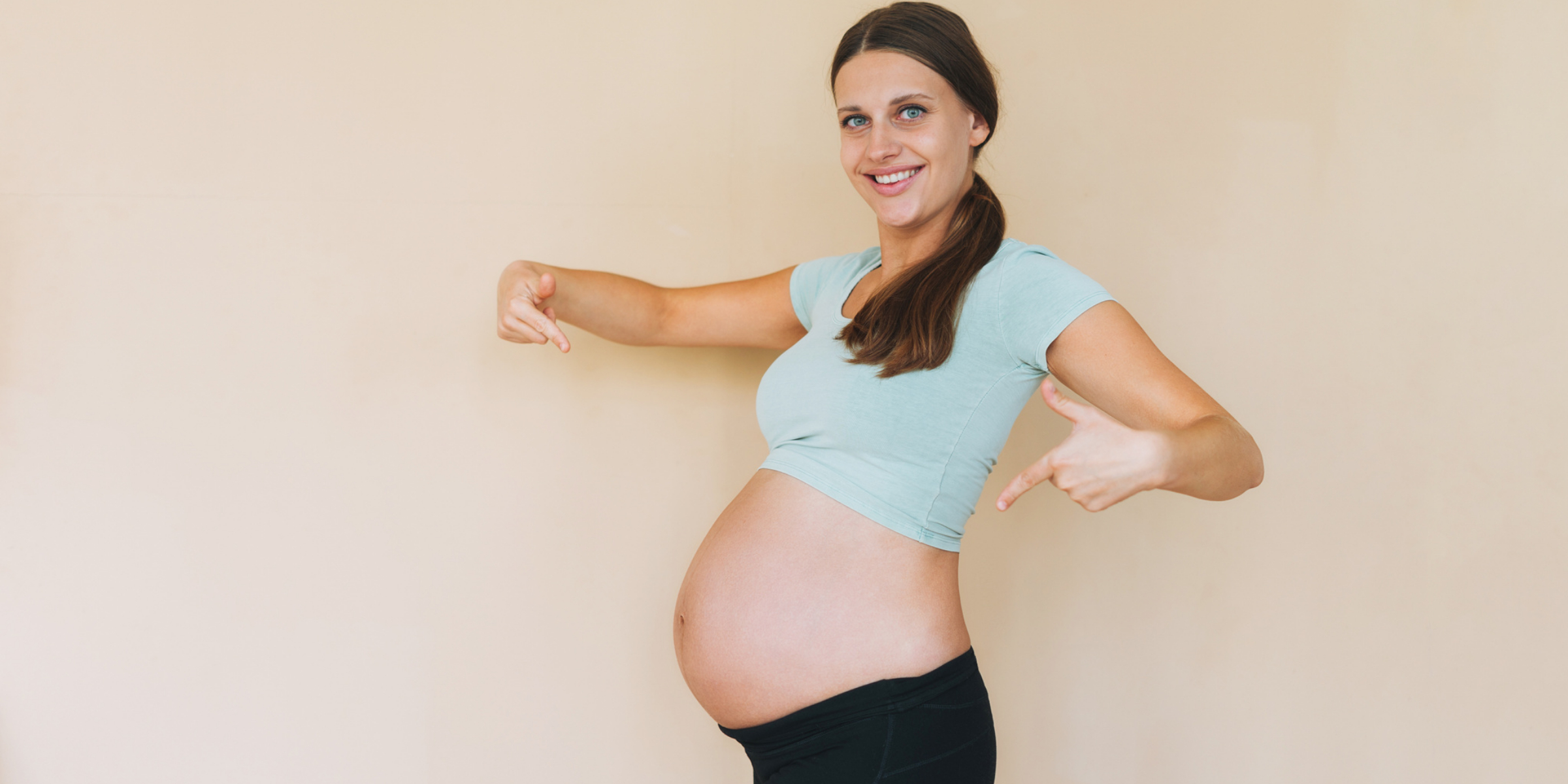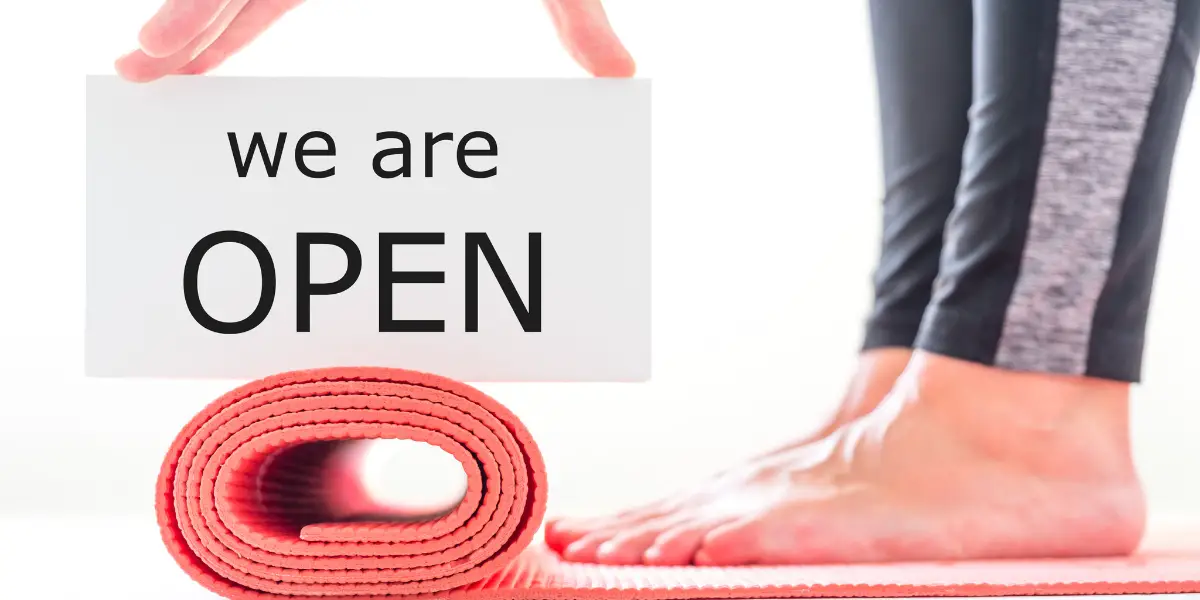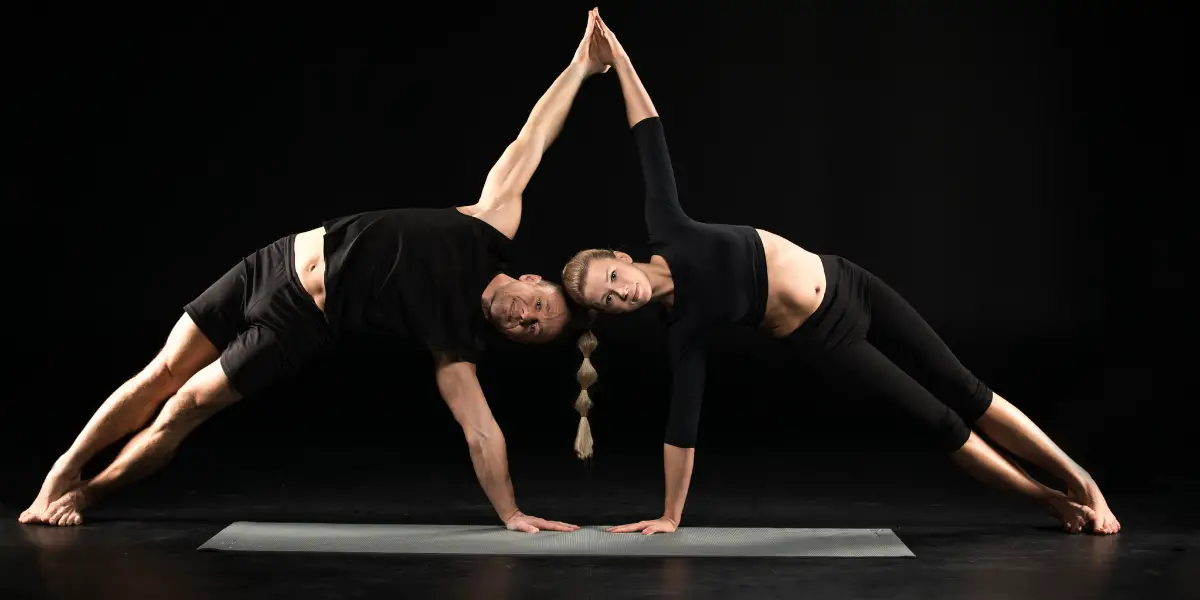Pregnancy is a time of profound physical and emotional changes, requiring adjustments in many aspects of a woman’s life, including her exercise routine. Pilates, known for its emphasis on core strength and flexibility, can be a valuable tool for expectant mothers. However, modifying certain exercises to ensure safety and effectiveness is essential as the body transforms during this special period.
This article delves into the guidelines and suggestions for tailoring Pilates workouts to cater to the unique needs of pregnant women, offering a balance of strength, relaxation, and well-being.
Understanding the Physical Changes During Pregnancy: An Overview
Pregnancy is a remarkable journey of transformation, where the body undergoes numerous physiological and anatomical shifts to support the growing life within.
From the subtle hormonal surges to the evident expansion of the abdomen, each change serves a specific purpose in the intricate dance of childbirth.
This overview delves into the fundamental physical adaptations during pregnancy, offering insights into the body’s resilience and innate wisdom during this special phase.
1. The Evolution of the Musculoskeletal System
As pregnancy progresses, the body undergoes significant musculoskeletal adaptations. The hormone relaxin is released, preparing the body for childbirth by loosening the ligaments and joints, especially around the pelvic region. As the fetus grows, the increased weight and shift in the center of gravity can lead to postural changes.
Many women experience a pronounced lumbar curve, sometimes resulting in lower back pain. Additionally, the abdominal muscles, particularly the rectus abdominis, stretch and may separate, a condition known as diastasis recti.
2. Cardiovascular and Respiratory Adjustments
The cardiovascular system works overtime during pregnancy. Blood volume increases by nearly 50%, leading to an elevated heart rate and increased workload for the heart. Blood pressure can also fluctuate, making it crucial for exercises to support optimal circulation without causing undue strain.
Meanwhile, the growing fetus can push the diaphragm upwards, affecting lung capacity. As a result, many pregnant women may feel short of breath quicker than usual, emphasizing the need for exercise routines that consider these respiratory changes.
3. Hormonal and Metabolic Shifts
Pregnancy is a hormonal roller coaster, influencing everything from mood to metabolism. Elevated hormones like progesterone and estrogen are essential in maintaining the uterine lining and preparing the body for breastfeeding. These hormonal fluctuations can affect joint stability, energy levels, and even temperature regulation.
Metabolically, the body becomes more efficient in using energy, storing fat, and regulating blood sugar levels. Understanding these shifts is crucial when customizing exercise routines, ensuring they cater to the body’s evolving energy demands and physiological changes.
Safety First: Precautions and Contraindications for Prenatal Pilates
Embarking on a fitness journey during pregnancy, especially with a regimen as nuanced as Pilates, requires a keen understanding of one’s body and evolving needs. While Pilates can offer a harmonious blend of strength and flexibility to expectant mothers, it’s pivotal to navigate this practice with safety as the top priority. This section highlights the essential precautions and contraindications for prenatal Pilates, ensuring that every stretch, move, and breath aligns with the well-being of both mother and baby.
1. Listening to the Body
The most vital safety measure an expectant mother can take is to listen to her body. While Pilates aims to challenge and strengthen, it should never lead to pain or extreme discomfort during pregnancy. Recognizing the difference between a good stretch or muscle activation and potential strain or harm is essential. If an exercise feels off or uncomfortable, it should be stopped immediately.
2. The Risk of Overstretching
During pregnancy, the body releases relaxin, a hormone that loosens the ligaments and joints in preparation for childbirth. This increased flexibility can be deceiving. While it might feel like one has a greater range of movement, it also means that it’s easier to overstretch and potentially injure oneself. Pregnant women should be cautious not to push their stretches too far, even if they feel they can, to avoid joint or ligament injuries.
3. Contraindications and Special Considerations
Certain conditions might make it unsafe to continue with Pilates or require significant modifications. These conditions include placenta previa, high blood pressure, risk of premature labor, or a history of miscarriages. Additionally, women should avoid exercises that involve deep twisting of the abdomen or intense backward arching of the spine. As mentioned earlier, prolonged supine positions should be avoided from the second trimester onwards due to the potential blood flow restriction.
4. Regular Consultation with Healthcare Providers
Before starting or continuing with a Pilates regimen during pregnancy, it’s imperative to consult with a healthcare provider. Regular check-ups will ensure that both mother and baby are safe and that no underlying conditions might contraindicate exercise. Moreover, working closely with a certified Pilates instructor with experience with prenatal clients will offer tailored guidance and ensure exercises are performed correctly.
While Pilates can offer numerous benefits during pregnancy, it’s essential to approach the practice with abundant caution. By being informed, attentive, and proactive, expectant mothers can harness the advantages of Pilates while ensuring safety for themselves and their growing babies.
Tailored Routines: Recommended Modifications for Each Trimester
1. First Trimester – Building a Foundation:
During the initial stages of pregnancy, the body isn’t significantly altered in shape, but hormonal changes are in full swing. While most traditional Pilates exercises can still be performed, it’s essential to:
- Focus on building pelvic floor strength: This will be vital for supporting the growing uterus and preparing for delivery.
- Prioritize breath control: Emphasizing lateral thoracic breathing helps oxygenate the body and can be beneficial throughout pregnancy.
- Be mindful of fatigue: Hormonal shifts can cause unexpected tiredness. It’s okay to reduce the intensity or duration of exercises.
2. Second Trimester – Adapting to Changes:
As the baby grows, the belly protrudes, shifting the center of gravity. Modifications during this stage include:
- Avoiding prolonged supine exercises: This can restrict blood flow to the baby. Instead, prop the body up at an incline when lying on the back.
- Incorporating side-lying exercises: These exercises, like side leg lifts or clamshells, are excellent for targeting the oblique muscles and hips without putting pressure on the abdomen.
- Eliminate deep twisting motions: This can be uncomfortable and might put undue pressure on the abdominal region.
3. Third Trimester – Preparing for Birth:
With the baby’s due date approaching, the focus should be on preparation and comfort. Important considerations are:
- Emphasizing pelvic alignment and stability: This can help with labor and reduce lower back pain.
- Further reducing supine exercises: Even propped-up positions might be uncomfortable at this stage. Prioritize seated, standing, or side-lying exercises.
- Strengthening the upper body: With the baby arriving soon, building strength in the arms, shoulders, and back will be beneficial for lifting and carrying the newborn.
4. Across All Trimesters:
It’s crucial to remember that each pregnancy is unique. What feels good and works for one individual might not for another. Continual self-assessment, regular consultations with healthcare providers, and feedback from a qualified Pilates instructor will help craft a beneficial and safe routine.
By tailoring Pilates exercises to each stage of pregnancy, expectant mothers can ensure that they’re giving their bodies the strength, flexibility, and care needed during this transformative time, setting the stage for a smoother labor and postpartum recovery.
Sources:
https://bendandmend.com.au/news/pilates/how-do-we-modify-pilates-exercises-in-pregnancy/
https://www.webmd.com/fitness-exercise/what-to-know-pilates-during-pregnancy




